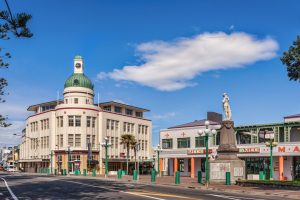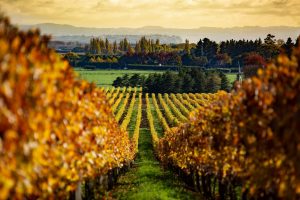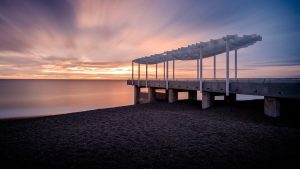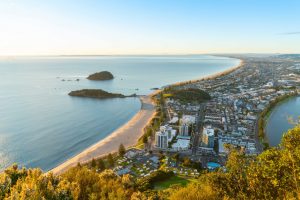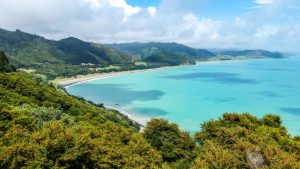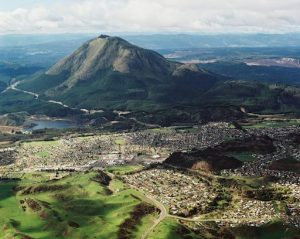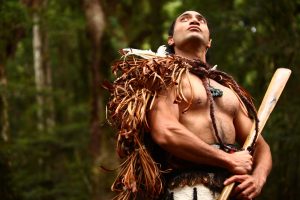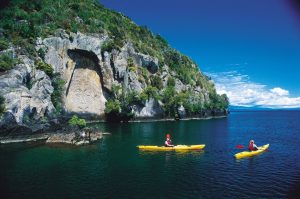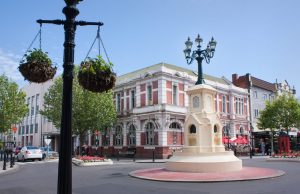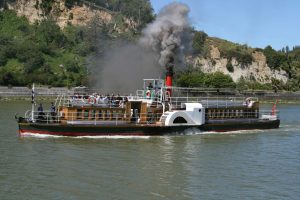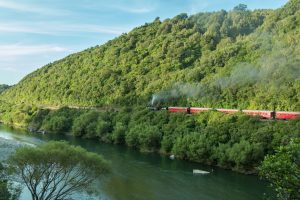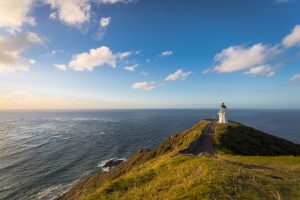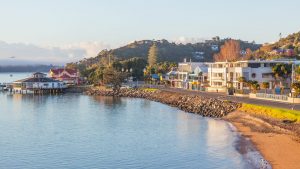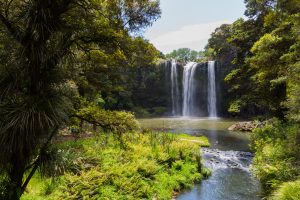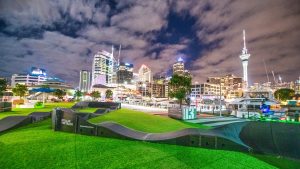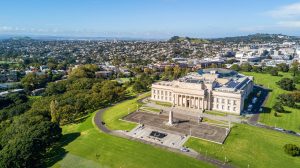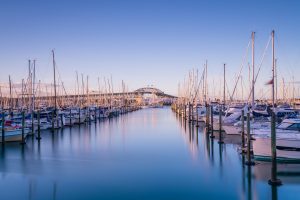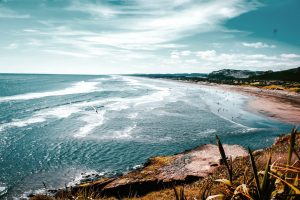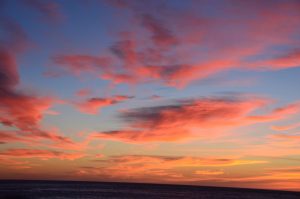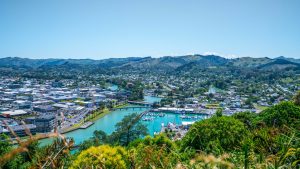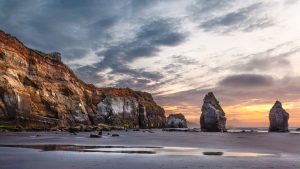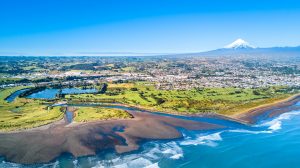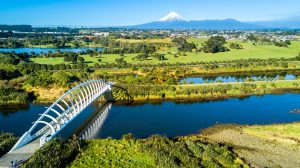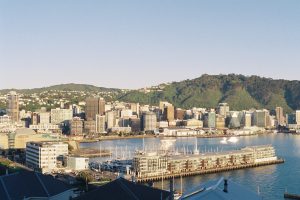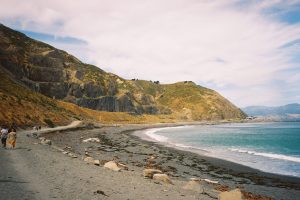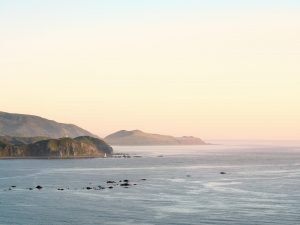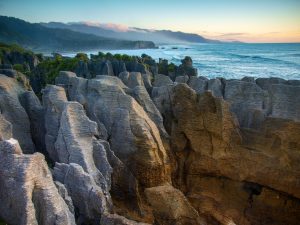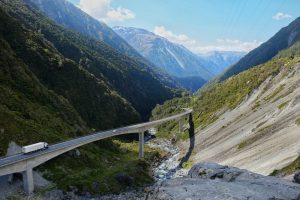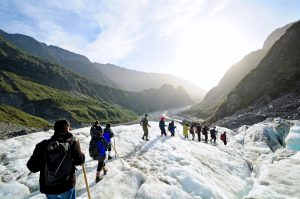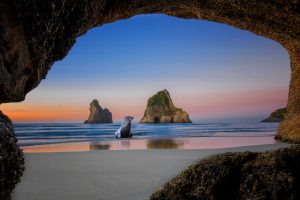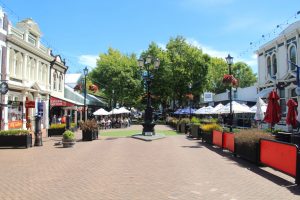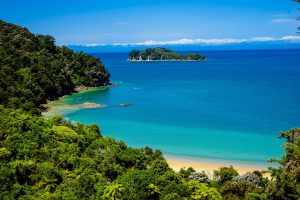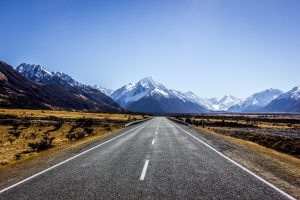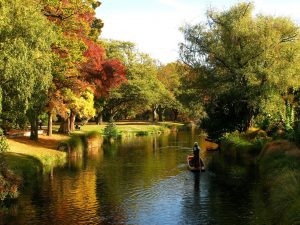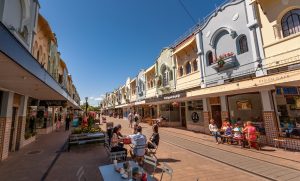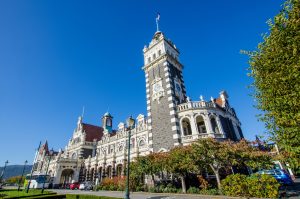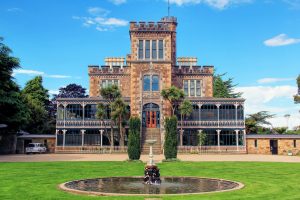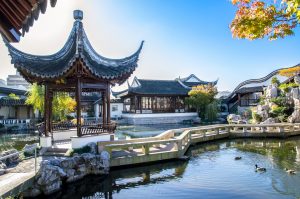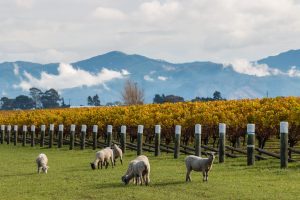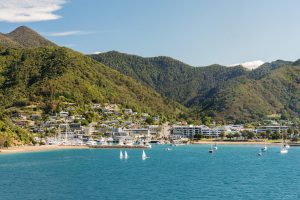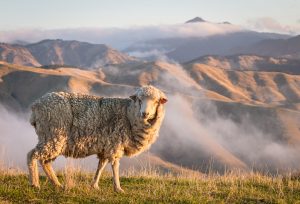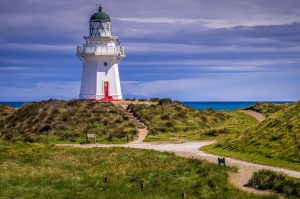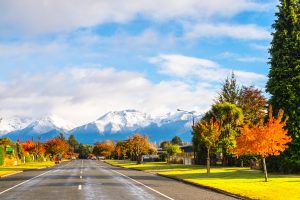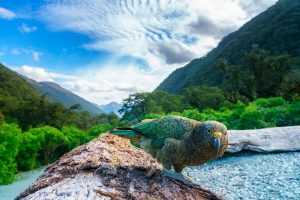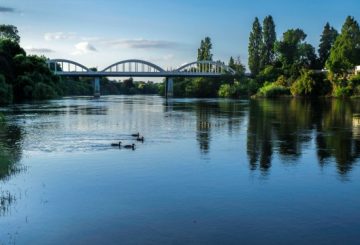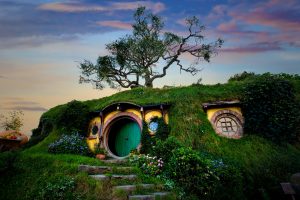Ang isang Memorandum ng Impormasyon sa Land ay isang mahalagang dokumento na makakatulong sa iyo na gumawa ng isang kaalamang desisyon kapag bumibili o nagtatayo ng isang pag-aari. Ano ang isang Memorandum ng Impormasyon sa Land (LIM)? Ang LIM ay isang ulat na naglalaman ng impormasyon na hawak ng lokal na konseho tungkol sa isang […]
Ang mga lokal na konseho ay may pananagutan sa pamamahala at pagpapanatili ng isang malawak na network ng mga lokal na kalsada, kabilang ang mga lunsod o bayan at kanayunan na kalsada at iba pang mga ruta ng arterya. Ang pamamahala ng roading ay nagsasangkot ng isang hanay ng mga aktibidad, kabilang ang konstruksiyon at […]
Mga Pagkakasundo sa Gusali Ang mga pahintulot sa gusali ay mga legal na dokumento na kailangan mong makuha bago simulan ang anumang gawaing pagtatayo sa iyong ari-arian. Ito ay isang kinakailangan sa ilalim ng Building Act 2004 at ang Building Regulations 2006. Ang layunin ng pagbuo ng mga pahintulot ay upang matiyak na ang lahat […]
Paglilisensya ng alkohol Sa New Zealand, ang pagbebenta at supply ng alak ay kinokontrol sa ilalim ng Sale and Supply of Alcohol Act 2012. Ang batas na ito ay nagtatakda ng mga kinakailangan para sa pagkuha ng lisensya sa alak, at ang mga kundisyon na dapat matugunan ng mga lisensyadong lugar. Mayroong iba’t ibang mga […]
Ang mga batas ay mga patakaran at regulasyon na ginawa ng mga lokal na konseho na nalalapat sa mga partikular na aktibidad o pag-uugali sa loob ng isang lokal na lugar. Bylaws ay dinisenyo upang protektahan ang pampublikong kalusugan at kaligtasan, at upang mapanatili ang kalidad ng buhay para sa mga residente sa loob ng […]
Ang Contractor Pre-Qualification Scheme ay isang programa na nagbibigay-daan sa mga lokal na konseho na mag-pre-qualify ng mga kontratista para sa iba’t ibang uri ng trabaho. Ang pamamaraan na ito ay dinisenyo upang matiyak na ang mga kontratista ay may mga kinakailangang kasanayan, karanasan, at mapagkukunan upang maisagawa ang trabaho sa isang mataas na pamantayan. […]
Mga Reklamo sa Hayop ang mga lokal na konseho ay may pananagutan sa pamamahala ng mga serbisyo sa pagkontrol ng hayop sa loob ng kanilang nasasakupan. Kabilang dito ang pagtugon sa mga reklamo tungkol sa mga hayop na maaaring maging sanhi ng isang istorbo o posing isang banta sa kaligtasan ng publiko. Ang mga halimbawa […]
Kung naniniwala kang nasa panganib ang iyong mga kapitbahay o ang kaguluhan ay isang marahas/anti-panlipunan na kalikasan, tumawag sa 111 at humingi ng pulisya. Ano ang mangyayari kapag gumawa ka ng reklamo? Dadalhin ng operator ang mga detalye ng iyong reklamo Ang mga ito ay ipapadala sa isa sa aming mga Opisyal ng Pagpapatupad ng […]
Tuwing tatlong taon, ang mga lokal na konseho sa New Zealand ay kinakailangan upang makabuo ng isang Long-Term Plan (LTP) na binabalangkas ang pangitain, prayoridad at gawain ng konseho para sa susunod na sampung taon. Ang LTP ay isa sa pinakamahalagang dokumento na ginawa ng konseho habang itinatakda nito ang balangkas para sa kung paano […]
Ang plano ng distrito ay isang dokumento na nagbabalangkas kung paano magagamit at mabuo ang lupa sa isang partikular na distrito. Nagbibigay ito ng isang balangkas para sa paggawa ng desisyon sa paligid ng mga isyu sa pamamahala ng mapagkukunan at tinitiyak na ang anumang pag-unlad ay naaayon sa mga halaga, layunin, at hangarin ng […]

